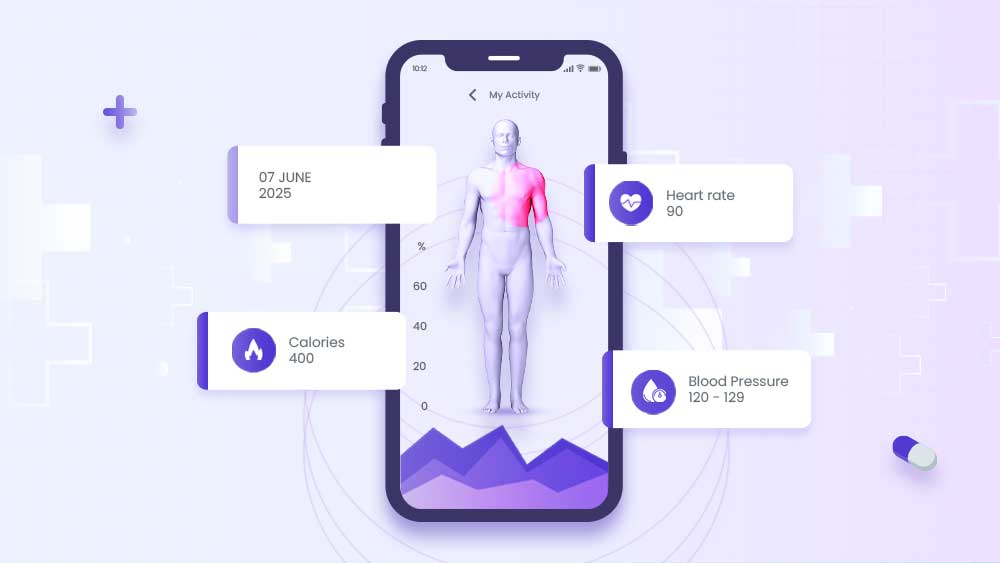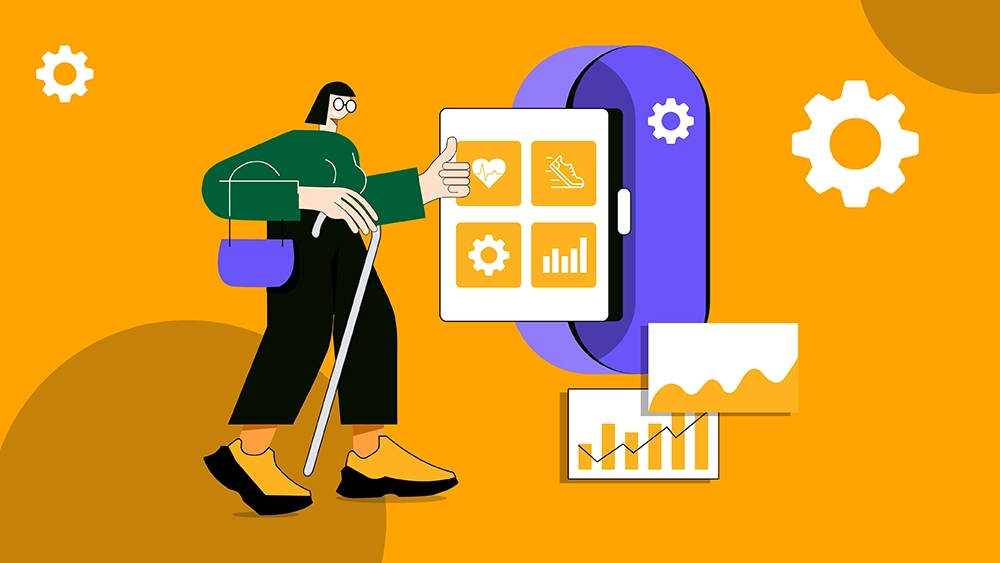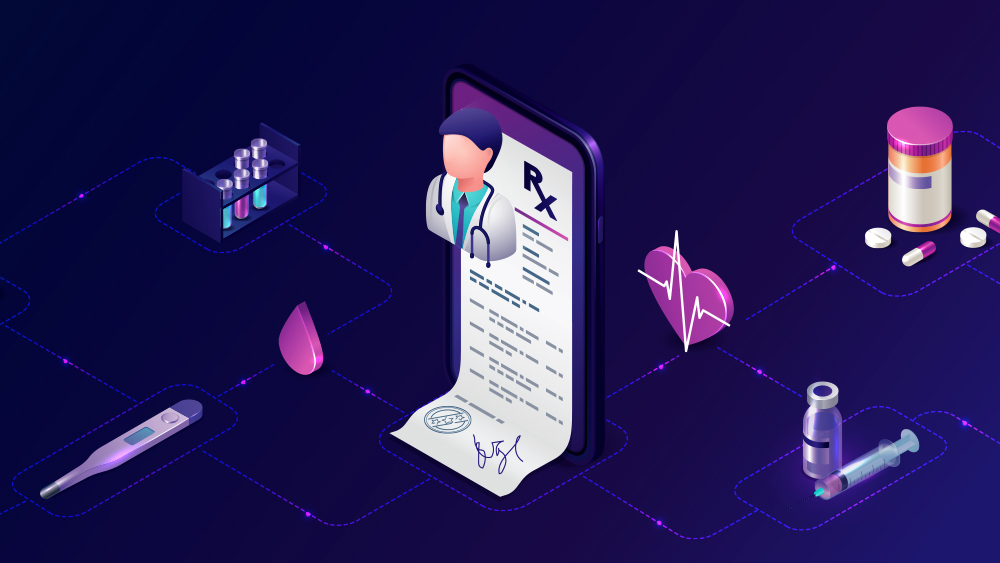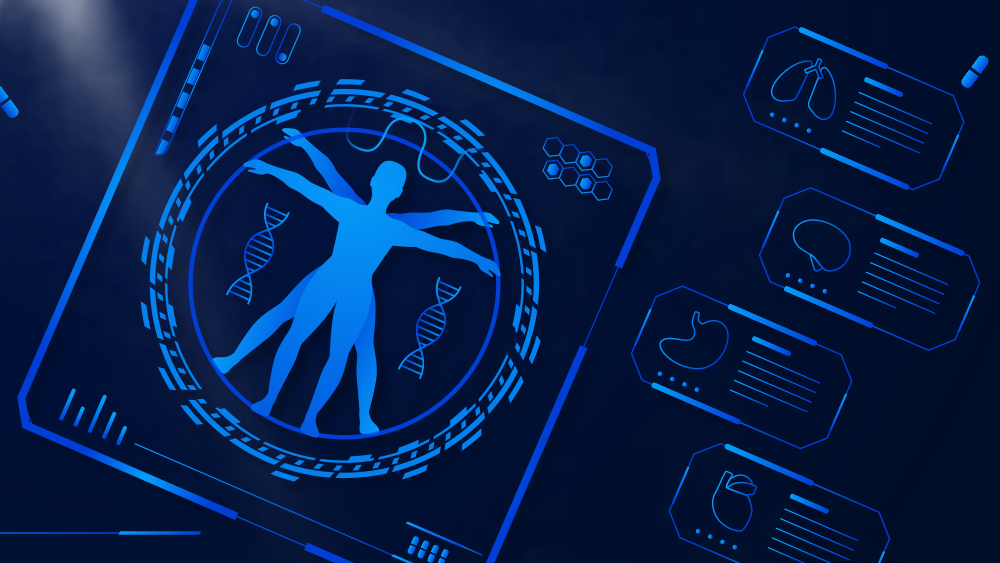The healthcare industry is one that is in a near-constant state of flux. New technologies and treatments are being developed all the time, and it can be hard for medical professionals to keep up. That’s where UI UX design comes in. By streamlining the design of healthcare applications and websites, UI UX designers are making it easier for doctors and nurses to access the information they need quickly and easily. As a result, UI UX design is having a constant positive impact on patient care and the healthcare industry.
UI UX And Design
One area where UI UX design has a particularly big impact is in the realm of electronic health records (EHRs). EHRs are becoming increasingly common in healthcare as they offer a more efficient way to store and share patient information. However, many EHRs are difficult to use, with confusing menus and cluttered interfaces. This can make it hard for medical professionals to find the information they need when they need it.
That’s where UI UX designers come in. By simplifying the interface and making it more user-friendly, UI UX designers are making it easier for doctors and nurses to access the information stored in EHRs. This, in turn, is leading to better patient care, as medical professionals are able to find the information they need more quickly and easily.
In addition to streamlining the design of EHRs, UI UX designers are also working on developing new healthcare applications that can help patients manage their own health. For example, there are now apps that allow patients to track their blood pressure, schedule doctor’s appointments, and refill prescriptions. These apps are designed to be user-friendly and easy to navigate so that even those with no prior experience using healthcare applications can use them with ease.
Digital Health UX Trends
The digital health sector is one the fastest-growing industries in today’s world, with heavy investments being made into areas like healthcare AI software, hardware, and service market. There are several new technological trends emerging within this field that must be overcome for it to provide patients with high-quality care.

Medical Wearables
Medical wearables are becoming more popular as we continue to use our smartphones for everything. The newest generation of these devices offers deeper insights into your health and daily life, such as tracking steps taken during the day or analyzing sleep patterns with an application on your wrist that can even measure blood pressure fluctuations throughout a night’s rest.

Telehealth
The future of patient care is here! Remote monitoring systems are slowly gaining weight in the health sector as more physicians and patients grow to trust them. RPM technology can transmit your vital signs, so you don’t have to worry about missing appointments or being away from home when it’s time for treatment; all without any needlessly worrying that something might go wrong with this life-saving process because we’re always watching over our Patients like they were family members. Nowadays, there’s nothing stopping someone who needs medical attention outside their own country.

AI Technology
Chatbots are one way that AI could help solve the healthcare staffing shortage. They can be designed with intuitive interfaces and offer relevant answers, thus freeing up medical personnel for more complicated tasks like surgeries or emergency room visits. Some common uses of chatbot technology include booking appointments online (e-doctor), reminding patients about their medication schedule (medication reminder) checking up on someone’s general health condition.
UI/UX design plays a vital role in nearly every industry, and healthcare is no exception. By streamlining processes, improving communication, and making things more personalized, UI/UX designers are having a positive impact on healthcare as a whole. As more and more providers begin to adopt these technologies, we can only expect even bigger and better things for healthcare in the years to come.
Communication Platforms
An easily accessible and efficient communication platform is essential for medical professionals to communicate with each other. It makes it easier for doctors and other medical professionals to coordinate and make work plans more conveniently. These platforms also provide other salient features which can help medical professionals in arranging their tasks and storing any significant information.
UI/UX designers can make this experience tenfold efficient for the users. Since the medical profession is an already demanding job, doctors require a simplified and easy-to-handle communication platform that does not decelerate their work. UI/UX designers have the ability to improve the functioning and performance of individuals. As more doctors are beginning to use online platforms for professional use, the demand for a well-organized and simplified UI/UX design increases.
Online Patient Portals
Medical technology has worked effortlessly to make healthcare easy and approachable for everyone. Developing online patient portals have made it easier for patients to connect with their doctors and seek medical advice. These portals provide easy and secure access making healthcare easier to approach. Patients that are looking for medical help can simply log in to their accounts and connect with their doctors as well as access other important medical information that concerns them.
UI/UX designers bear the responsibility of making this possible and convenient for the patients. With its well-defined and simplified designs, patients can easily operate the portals without any secondary guidance. UI/UX plays a very important role in connecting patients and medical professionals.
UI/UX design plays a vital role in nearly every industry, and healthcare is no exception. With Caveman Studios, streamline processes, improve communication, and make things more personalized. UI/UX designers are having a positive impact on healthcare as a whole. As more and more providers begin to adopt these technologies, we can only expect even bigger and better things for healthcare in the years to come!
